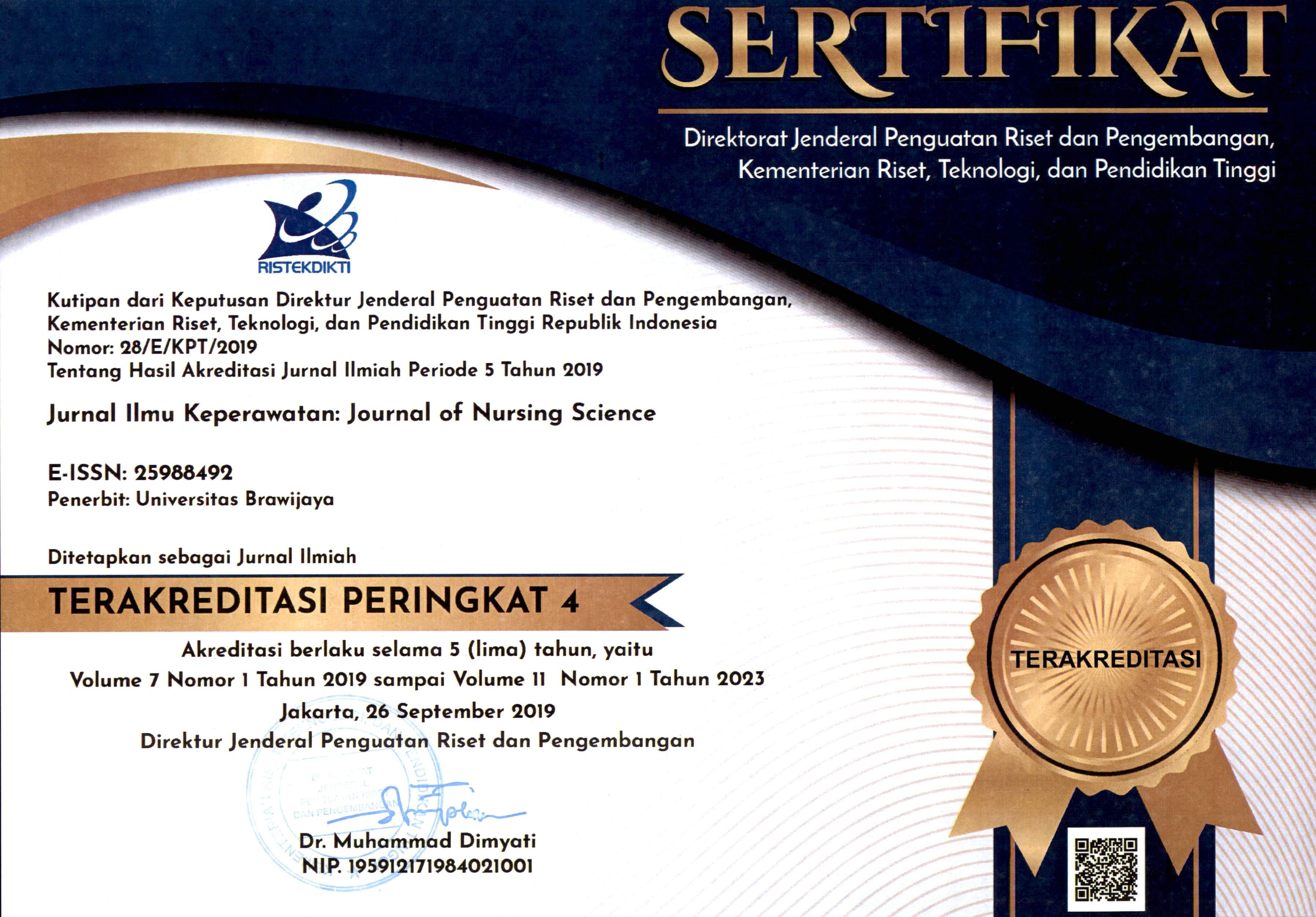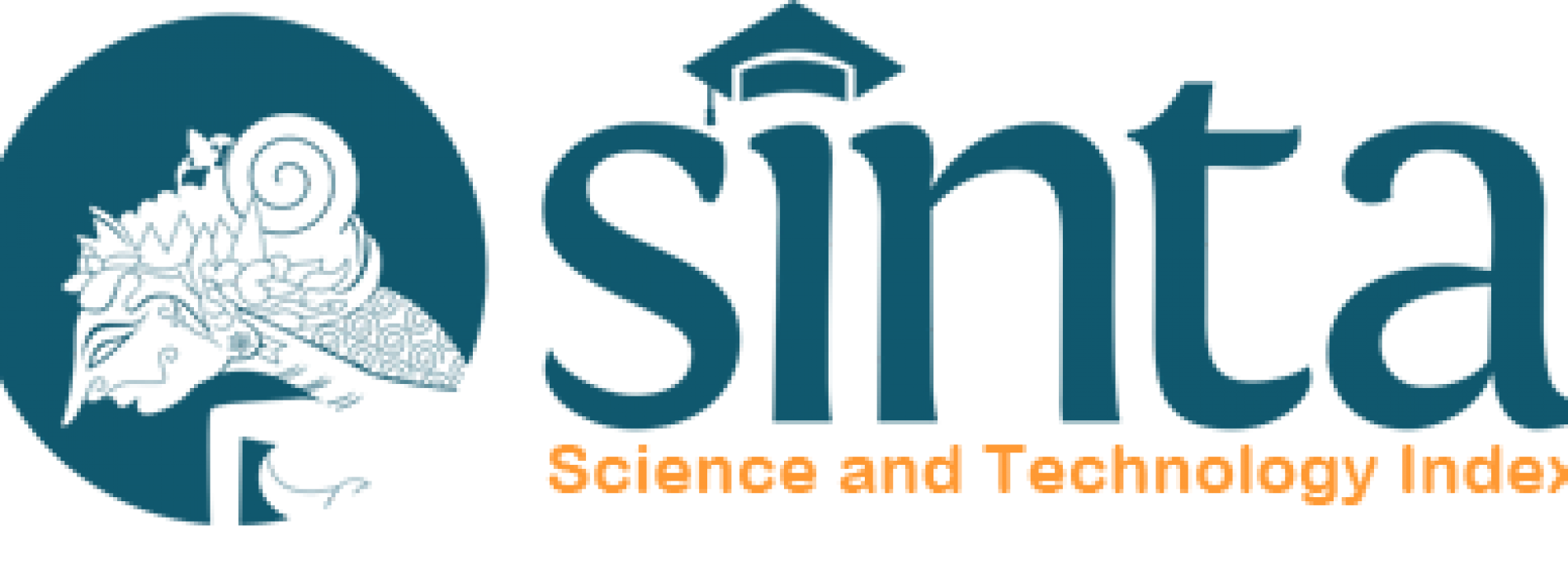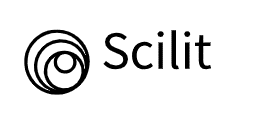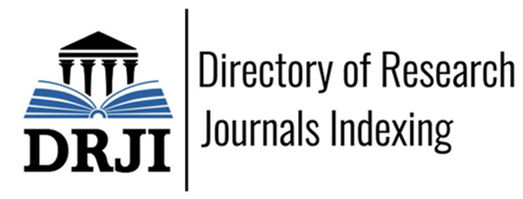ANALYSIS OF FACTORS AFFECTING THE APPLICATION OF AUSTRALASIAN TRIAGE SCALE (ATS) IN EMERGENCY DEPARTEMENT NGUDI WALUYO WLINGI HOSPITAL
DOI:
https://doi.org/10.21776/ub.jik.2018.006.01.6Keywords:
leadership factor, waiting time factor, triage documentation factor, education factor, training factor, application of ATSAbstract
References
- Aloyce, R., Leshabari, S., Brysiewicz (2014). Assessment of knowledge and skills of triage among nurses working in the emergency centers in dar es salam.Tanzania. Journal African Medicine, 6(2): 114-121
- Baker, T. (2009). Critical care in low income countries. Trop med int health.p 409-415
- Chen, S. S., Chen, J. C., Ng, C. J., Chen, P. L., Lee, P. H., & Chang, W. Y. (2010). Factors that influence the accuracy of triage nurses’ judgement in emergency departments. Emergency Medicine Journal,
- (6), 451-455.
- Dadashzadeh, A., Abdolahzadeh, F., Rahmani, A., & Ghojazadeh, M. (2013). Factors affecting triage decision-making from the viewpoints of emergency department staff in Tabriz hospitals. Iran J Crit CareNurs2013, 6(4), 269-276.
- Emergency Nurses Association. (2014). Standards of emergency nursing practice 5th ed., USA: lippincot Comp., pp 56-60
- FitzGerald, G., Jelinek, G. A., Scott, D., & Gerdtz, M. F. (2010). Republished paper: Emergency department triage revisited. Postgraduate medical journal, 86(1018), 502-508.
- Forero, R. (2012). Australasian College for Emergency Medicine (ACEM) literature review on the Australasian triage scale (ATS) (Doctoral dissertation, Institute of Health Innovation, University of New South Wales)
- Gerdtz et al. 2009. Factors influencing consistency of triage using the Australasian Triage Scale: Implications for guideline development (original research). EMA
- Gilboy, N. (2010). Sheehy’s Emergency Nursing Principles and Practice. Sixth Edition. Edited by Howard, P.K., & Steinmann, R.A. St.Louis, Missouri : Mosby Elsevier.
- Gilboy, N., Tanabe, T., Travers, D., & Rosenau, A. M. (2011). Emergency Severity Index (ESI): A triage tool for emergency department. Rockville, MD: Agency for Healthcare Research and Quality
- Janssen, M. A., van Achterberg, T., Adriaansen, M. J., Kampshoff, C. S.,
- Schalk, D. M., & Mintjes, de Groot, J. (2012). Factors influencing the
- implementation of the guideline triage in emergency departments: a qualitative study. Journal of clinical nursing, 21(3?4), 437-447.
- Republik Indonesia. (2008). Nomor 129/ Menkes/SK/II/2008. Tentang Standar Pelayanan Minimal Rumah Sakit. Kemenkes R.I. Jakarta.
- Lee, J. Y., Oh, S. H., Peck, E. H., Lee, J. M., Park, K. N., Kim, S. H., & Youn, C. S. (2011). The validity of the Canadian Triage and Acuity Scale in predicting resource utilization and the need for immediate life-saving interventions in elderly emergency department patients. Scand J Trauma Resusc Emerg Med, 19, 68.
- Lusiana 2011. Pengaruh Tingkat Pengetahuan dan sikap perawat dengan pelaksanaan Triage di IGD RS Puri Indah Jakarta
- Safari, S. R. (2012). Perceptions and challenges of using emergency triage assessment treatment guideline in emergency department at Muhimbili national hospital, Tanzania (Doctoral dissertation, Muhimbili University of Health and Allied Sciences). downloaded on February, 6, 2017
- Sitohang, H., Santosa, H., & Salbiah, S. (2017). Hubungan Fungsi Supervisi Kepala Ruangan dengan Produktivitas Kerja Perawat Pelaksana di Rumah Sakit Umum Daerah dr. Pirngadi Medan. Idea Nursing Journal, 7(1), 13-19.
- Suhartati. (2015) .Media Pengembangan SDM. Kesehatan,1(1),76-81
Published
How to Cite
License
Authors published in this journal agree to the following terms:
1. The copyright of the received article shall be assigned to the journal as the publisher of the journal. The intended copyright includes the right to publish the article in various forms (including reprints). The journal maintains the publishing rights to the published articles.
2. Authors may enter into separate additional contractual agreements for the non-exclusive distribution of the published journal version of the work (for example, posting it to an institutional repository or publishing it in a book), with acknowledgment of their initial publication in this journal.
3. Authors are permitted and encouraged to post their work online (e.g. in an Institutional Repository or on their website) before and during the submission process, as this can result in a productive exchange, as well as earlier and larger citations of the published work.
4. Articles and all related material published are distributed under Creative Commons Attribution-NonCommercial 4.0 International License or CC BY-NC 4.0 license.
JNSU is licensed under a Creative Commons Attribution-NonCommercial 4.0 International License or CC BY-NC 4.0 license.
Most read articles by the same author(s)
- Yuliani Pitang, Edi Widjajanto, Dewi Kartikawati Ningsih, PENGARUH PERAN PERAWAT SEBAGAI CARE GIVER TERHADAP LENGTH OF STAY (LOS) DI IGD RSUD DR.T.C.HILLERRS MAUMERE DENGAN PELAKSANAAN TRIAGE SEBAGAI VARIABEL MODERASI , Journal of Nursing Science Update (JNSU): Vol. 4 No. 2 (2016)
- Made Martini, Mochammad Hidayat, Dewi Kartikawati Ningsih, PERBEDAAN SURVIVAL PASIEN RUJUKAN DAN NON RUJUKAN DENGAN CEDERA KEPALA DI INSTALASI GAWAT DARURAT (IGD) RSUD dr. SAIFUL ANWAR MALANG , Journal of Nursing Science Update (JNSU): Vol. 4 No. 2 (2016)
- Dewi Kartikawati Ningsih, OVERCROWDING PATIENT AND IMPROVING EMERGENCY PATIENT FLOW IN EMERGENCY DEPARTMENT: A LITERATURE REVIEW , Journal of Nursing Science Update (JNSU): Vol. 3 No. 2 (2015)
- Dicky Endrian Kurniawan, Dewi Kartikawati Ningsih, NEBULIZATION INTERVENTION OF ACUTE ASTHMA EXACERBATION IN EMERGENCY DEPARTMENT : A LITERATURE REVIEW , Journal of Nursing Science Update (JNSU): Vol. 5 No. 2 (2017)
- Maria Fatimah Fouk, Titin Andri Wihastuti, Dewi Kartikawati Ningsih, FACTOR ANAYSIS THE CAUSE OF DELAYED INTERVENTION WITH LENGTH OF STAY PATIENTS ADMISSION IN EMERGENCY DEPARTMENT OF PROF. DR. W.Z. JOHANNES GENERAL HOSPITAL KUPANG , Journal of Nursing Science Update (JNSU): Vol. 5 No. 2 (2017)
- Dewi Kartikawati Ningsih, PLAGUE AS A BIOLOGICAL WEAPON OF MASS DESTRUCTION , Journal of Nursing Science Update (JNSU): Vol. 1 No. 2 (2013)






























